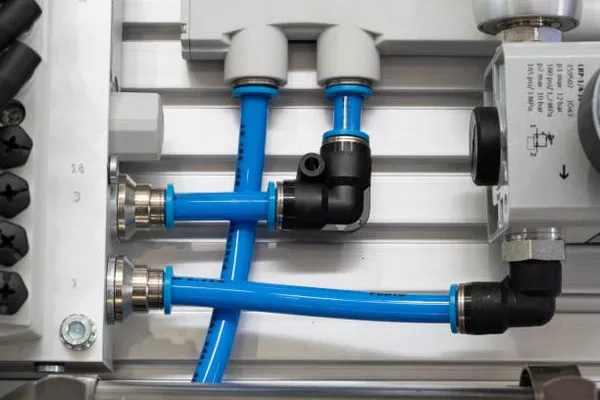In the realm of fluid measurement, precision and accuracy are paramount. Variable Area Flow Meters (VAFMs) play a crucial role in this landscape, providing a reliable method for monitoring fluid flow across various industries. This article aims to delve into the intricacies of Variable Area Flow Meters, exploring their principles of operation, applications, advantages, and considerations.
Principles of Operation
Variable Area Flow Meters, also known as rotameters, operate on a fundamental principle: the relationship between the height of a fluid column and the flow rate passing through a tapered tube. The core component of a VAFM is a vertically oriented tube with a conical shape. As fluid flows upward through the tapered tube, the area through which it passes varies, causing a float or piston to rise. The position of the float within the tube provides a visual indication of the flow rate, making it a simple yet effective method for flow measurement.
The tube’s design ensures a linear relationship between the height of the float and the flow rate, allowing for straightforward and intuitive readings. The tube’s diameter decreases along its length, creating a cross-sectional area that changes proportionally to the flow rate. This design principle is at the heart of the reliability and precision of Variable Area Flow Meters.
Applications
Variable Area Flow Meters find applications in a wide array of industries where precise fluid flow measurement is essential. Some prominent applications include:
Chemical Processing: VAFMs are commonly used in chemical processing industries to monitor the flow of various chemicals, ensuring accurate dosing and mixing.
Water Treatment: In water treatment plants, Variable Area Flow Meters are employed to measure the flow of water and chemicals, facilitating the purification process.
Oil and Gas: VAFMs play a critical role in the oil and gas industry, monitoring the flow of gases and liquids in pipelines, as well as measuring the injection of chemicals for enhanced oil recovery.
Pharmaceuticals: In pharmaceutical manufacturing, precise control of fluid flow is essential for ensuring accurate dosage in the production of pharmaceutical products.
Research and Development: Variable Area Flow Meters are widely utilized in research laboratories for experiments and studies that require accurate measurement of fluid flow rates.
Advantages of Variable Area Flow Meters
Simplicity and Reliability: The mechanical simplicity of VAFMs contributes to their reliability. With no electrical components or complex circuitry, these meters are less prone to malfunctions and easier to maintain.
Wide Range of Applications: Variable Area Flow Meters can handle a broad spectrum of fluids, from gases to liquids, and are suitable for diverse industries, making them versatile and adaptable.
Visual Confirmation: One of the key advantages of VAFMs is the visual confirmation of flow rate. Operators can easily observe the position of the float within the tapered tube, allowing for quick assessments of flow conditions.
Cost-Effective Solution: In comparison to some high-tech flow measurement devices, Variable Area Flow Meters offer a cost-effective alternative without compromising accuracy.
Considerations and Limitations
While Variable Area Flow Meters offer numerous advantages, it’s important to be aware of their limitations and considerations:
Pressure and Temperature Limitations: VAFMs may have limitations in high-pressure and high-temperature applications. It’s crucial to choose a meter that is suitable for the specific operating conditions.
Accuracy: While VAFMs provide reliable measurements, they may not offer the same level of accuracy as some other flow measurement technologies. The choice of flow meter should be based on the required precision for a given application.
Fluid Compatibility: It’s essential to ensure that the materials used in the construction of the Variable Area Flow Meter are compatible with the fluid being measured. Corrosive or abrasive fluids may require special considerations.
Installation Orientation: The accuracy of VAFMs can be influenced by the installation orientation. Proper installation, including vertical alignment, is crucial for optimal performance.
See Also Who Invented Anemometer? A Comprehensive Look
Conclusion
In conclusion, Variable Area Flow Meters stand as a stalwart in the realm of fluid flow measurement, providing a simple yet effective method for monitoring flow rates in various industries. Their operational principles, applications, advantages, and considerations collectively underscore their significance in applications where precision, reliability, and cost-effectiveness are paramount. As technology continues to evolve, Variable Area Flow Meters remain a trusted and versatile tool in the toolkit of engineers and operators tasked with managing fluid processes across diverse sectors.

